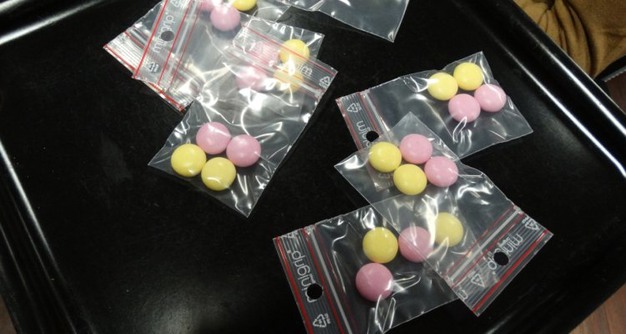Breeders and growers of fruit and vegetables want to be sure that their products have a distinctive taste. That is why the Greenhouse Horticulture and Flower Bulbs Business Unit of Wageningen University & Research is conducting research with the help of a consumer panel and various sensory panels. With training courses, WUR ensures that the taste experience of the participants of these panels remains up to standard. And for the annual meeting this year, a sensory employee of a large candy manufacturer explained the role of taste research in the development of their candy.
Consumer panel
Many dozens of times a year, research is carried out at the WUR research location in Bleiswijk into the taste of fruit and vegetables. This is done, among other things, by the various panels. The consumer panel consists of approximately 250 panelists and assesses the liking of products of a product. In addition, there are some sensory panels: these sensory panelists are trained to describe to specific flavors that can occur in a product.

The panelists of the sensory panels follow specific product training courses several times a year in order to maintain the high quality of the sensory panel. During such training, the attributes of the taste, texture, and mouthfeel of the product are discussed in more detail. For example, some products can have a 'musty aroma,' such as potato peelings. And other products have something called a 'green aroma,' such as leafy green or unripe fruit. During the training, the panelists learn from each other about how to recognize and describe the taste. During the training sessions, there is a lot of room for interaction between the panelists.
In addition, WUR organizes a special meeting for all panel members once a year. This year this meeting was attended by about 100 panelists. A taste expert from candy manufacturer Perfetti Van Melle explained what taste research looks like in the development of sweets such as Mentos and Fruittella. In addition, panelists performed sensory tests on the taste of beer with 0.0% and 5% alcohol, the visual and taste aspect of sweets, and the softness of towels washed with and without fabric softener. The aim was for the panelists to learn more about what other studies of experience are possible in the field of sensory research in addition to the fruit and vegetables they normally taste.
Source: wur.nl
